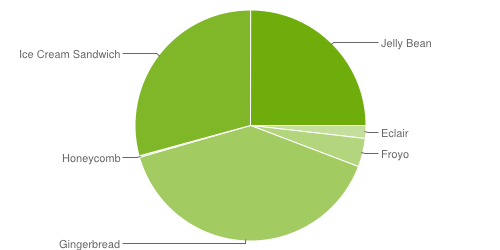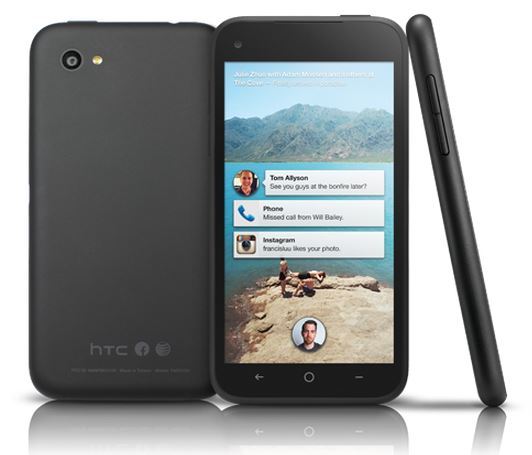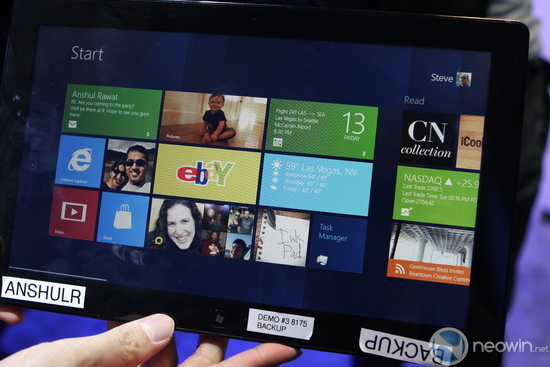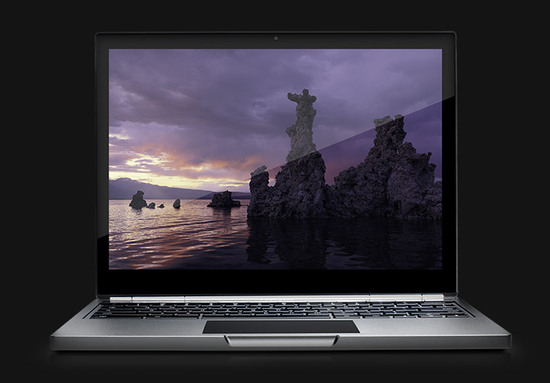Google Now shows up for iOS, highlights sad state of Android

This morning, an update for the Google Search application on iOS was released by Google and along with it came Google Now. The predictive search feature has been available on Android for just under a year, but in that time, it’s only been able to reach a peak of 25% of all Android devices.
Unfortunately for Google they’ve had a fragmentation problem since the beginning of time with Android, making it hard to reach users when a new service is only available for Jellybean (4.1+). By releasing on iOS, they’ve effectively made the service available for up to 500 Million devices on day one.
Comparing that to Android shows a sad state of affairs. Eric Schmidt said late last year that there were around 480 Million Android devices out there at the time, meaning that if we assumed those numbers were current and Jellybean made up 25% of that install base, Google Now only had potential to...




